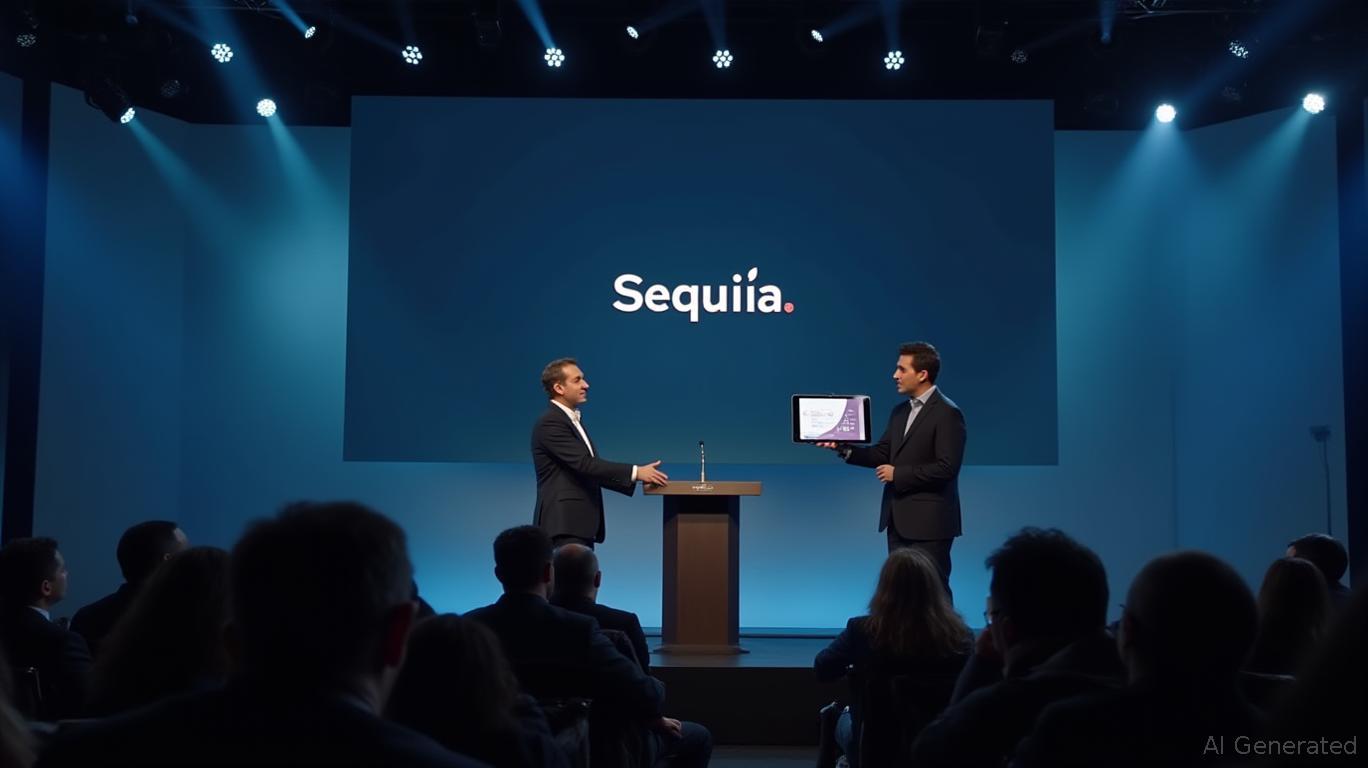3 Signs That Institutions Continue To Drive Crypto Adoption
Despite the price of bitcoin still making headlines, states issuing dollar-backed stablecoins, and payments use cases dominating the conversation, there are substantial other headlines that investors might have missed in this flurry of activity. Particularly with the end of 2025 approaching, and with that the increased importance and focus of tax-related conversations, investors and advocates need to be especially vigilant to analyze institutional developments as well as what these deployments might mean for the wider marketplace.
Another reason why certain investors and advocates might have overlooked the headlines below is the renewed focus that crypto hacks and breaches have brought to bear on the weaknesses that still exist within the marketplace. Be it the Bybit hack that exposed the dangers of institutionally backed hacking efforts, the debut of the film Code Is Law that examined the elements of the crypto landscape that believe regulatory safeguards are optional, or the billions lost through less spectacular hacking attempts the focus has rightly returned to cybersecurity, risks around client data, and the lack of insurance solutions for crypto products.
In short, the tail end of 2025 has had a bevy of headlines (good and bad), policy updates and developments that have the potential to obscure just how widespread institutional adoption has become. Let’s take a look at some of those, as well as what the implications might be for investors and advocates alike.
Mastercard Potentially Spending Billions For Crypto Acquisition
According to several sources, Mastercard is in late-stage talks to acquire stablecoin infrastructure platform Zerohash for nearly $2 billion, and while this specific acquisition is not finalized as of this writing, it is indicative of how payment processing giants are prioritizing stablecoins and on-chain payments. Stablecoins have been in the spotlight recently, with a number of recent wins on the policy front as well as the deployment of stablecoin/stabletoken solutions by several major TradFi institutions.
With adjusted annual volume of approximately $9 trillion, taking into account bot-based trading and other potentially artificially inflated trading activity, the sheer size of the stablecoin payment space is appealing to the payment processing space. Even as margins continue to face headwinds from a competitive and legislative point of view, stablecoins have the potential to open up an almost entirely new market for payment processors to expand.
Bringing together the familiarity and security that customers have come to expect from household names such as Mastercard with the crypto-native improvements delivered via stablecoins is looking like the “killer-app” that crypto has been looking for.
Visa Embracing Stablecoin Payments
Another payment processing giant, Visa, is also expanding its product and service offerings focusing on stablecoin utilization and payments running on four unique blockchains. Visa CEO Ryan McInerney reiterated the firms commitment. As these new services come online, Visa will have added support for four stablecoins running on four blockchains that will be able to converted into 25 fiat currencies. This announcement expands the support that Visa already provides to other stablecoins including USDC, Euro Coin (EURC), PayPal USD (PYUSD) on multiple blockchains.
According to Visa the firm has facilitated $140 billion worth of stablecoin flows since 2020, further cementing the reality that stablecoins have 1) grown rapidly in terms of institutional usage, 2) taken center stage as the “every day” crypto use case, and 3) delivers quantifiable benefits to organizations involved in the transactions. This announcement is the foundational layer for other forthcoming efforts that will allow more banks and TradFi institutions to provide stablecoin related services, including the eventual ability of banks to mint and burn native stablecoins on the Visa tokenized asset platform.
Visa continues to move to integrate TradFi banking products and services with the crypto-native space, and is another example of stablecoins are leading the effort to bring crypto to the mainstream via stablecoins.
Wall Street Moves Into RWA Tokenization
The global asset management giant Blackrock has certainly made its presence known in the crypto marketplace, with its leading spot bitcoin ETF having attracted over $100 billion in assets. Additionally, a recent announcement that Securitize (a Blackrock-backed tokenization firm) will be going public via a SPAC deal valued at $1.25 billion cements. The fact that the merger will occur with an affiliate of Cantor Fitzgerald, itself a longtime service provider to Tether and the USDT token, cements the pivot of Wall Street to the tokenized ecosystem.
Since Securitize operated in the real-world-asset tokenization space, a sector that Blackrock CEO Larry Fink has forecasted could hit a size of $10 trillion, the implications of this merger are significant. Tokenization or RWA is a pivotal part of the forecasted growth of DeFi systems, DAOs, and other blockchain-based applications built for enterprise use. Given the scope and scale of support provided by both Blackrock and Cantor Fitzgerald the effect of this listing are sure to be felt across the space.
Disclaimer: The content of this article solely reflects the author's opinion and does not represent the platform in any capacity. This article is not intended to serve as a reference for making investment decisions.
You may also like
Bitcoin News Today: "Large Investor Moves Indicate Crypto Market's 'Intense Fear' Could Precede a Rebound"
- Crypto whales and institutional traders are accumulating $19.94M in BTC and $18.71M in ETH via leveraged longs despite market declines. - Crypto Fear & Greed Index hit record low of 21, reflecting extreme panic among retail and institutional investors since October 30. - Bitcoin faces critical $108,000 support level, with technical analysis showing potential for $104k decline or $114k rebound by mid-November. - Market dynamics show institutional optimism contrasting retail fear, with whale activity seen

Victim Compensation Does Not Excuse Criminal Acts, Judges Inform SBF
- Sam Bankman-Fried’s legal team faces uphill battle as appeals judges question claims of unfair trial and lack of fraud intent. - Judges dismiss defense arguments, noting SBF admitted not relying on legal advice during FTX fund transfers. - Court rejects post-trial repayment claims, emphasizing criminal liability persists despite 90% customer fund recovery. - Case sets precedent for crypto accountability, with appeals unlikely to succeed without procedural errors.

Sequoia's Change in Leadership: Will Advancements in AI Help Restore Broken Trust?
- Sequoia Capital's Roelof Botha steps down amid reputational crises, ceding leadership to Alfred Lin and Pat Grady during strategic recalibration. - The transition follows Islamophobic controversy, COO's exit, and a $200M FTX loss, prompting cultural and financial restructuring efforts. - New leaders prioritize trust restoration via a $950M AI fund targeting disruptive startups, signaling a return to U.S.-centric operations and ethical accountability. - The shift reflects industry-wide adaptation to geopo

Solana News Update: Mutuum Finance's DeFi Strategy: Balancing Stability Against Shiba Inu's Fluctuations
- Mutuum Finance (MUTM) raises $18.27M in presale with 80% completion, targeting $0.06 launch price for 400% potential gains. - Project combines Solana's utility-driven growth with SHIB's viral appeal via dual-lending model and automated risk management protocols. - CertiK audit (90/100) and $50K bug bounty address DeFi security risks, while buy-and-distribute mechanism boosts token value retention. - Whale investments and structured tokenomics (45.5% presale allocation) signal institutional confidence ahe

